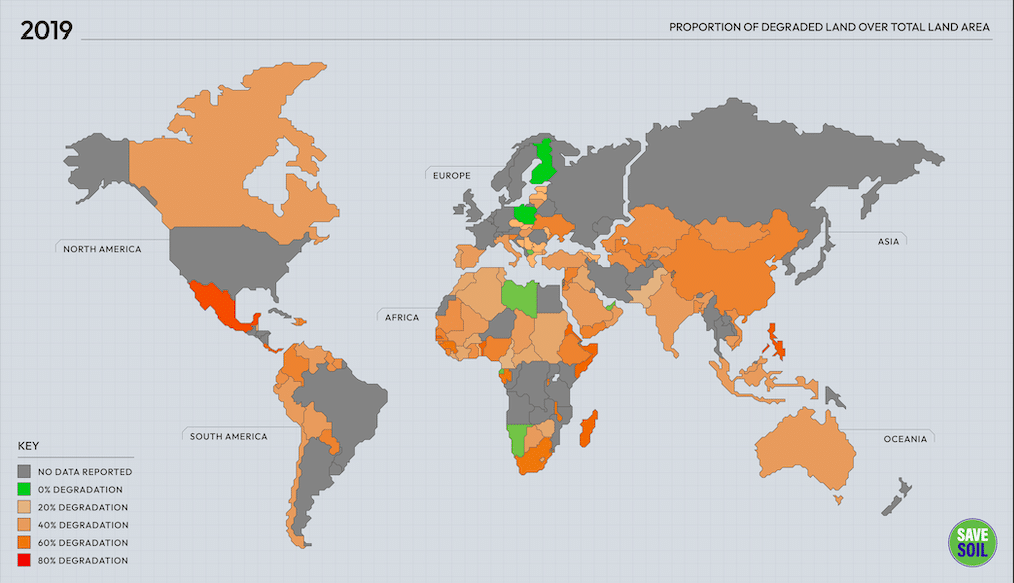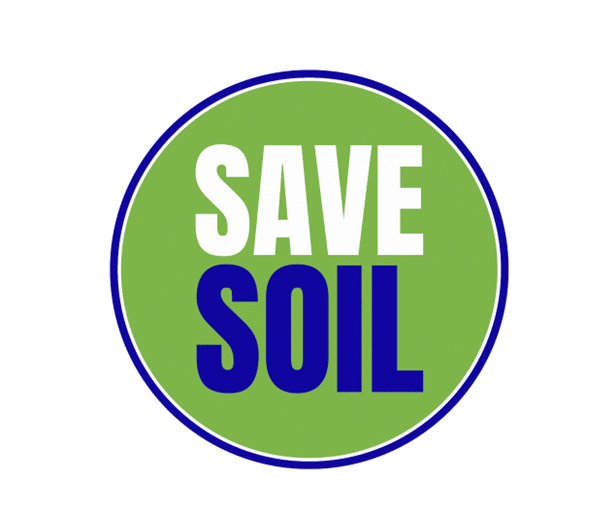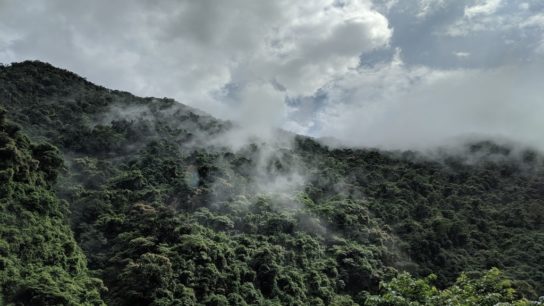Scientists warn that 24 billion tons of fertile soil is being lost per year, largely due to unsustainable agriculture practices.
—
A new map from the Save Soil movement – backed by the UNEP, UNCCD, UNFAO, WFP, and IUCN amongst others – illustrates the shocking percentage of global soil degradation predicted by 2050. The maps are being released to mark the 30th anniversary of the UN Drought and Desertification Convention (UNCCD) and the World Day to Combat Desertification and Drought on June 17.
Degraded soil, resulting largely from intensive farming practices, is low in “organic matter,” which means it does not retain water as effectively, making us vulnerable to climate shocks such as droughts, wildfires, and water shortages.
The maps created by Save Soil, using data from the United Nations Convention to Combat Desertification (UNCCD, 2019 map) and an estimation from the Global Environment Facility (GEF, 2050 map), illustrate how much fertile land could be left in 2050 if current rates of degradation continue. The ensuing food crisis would be exacerbated by the fact that by 2050, the global population will have ballooned to 9.8 billion.


Every second, an equivalent of four football fields of healthy soil becomes degraded – adding up to a total of 100 million hectares every year. Non-degraded healthy soil is a direct necessity for 95% of the food production for more than 8 billion people.
For nations across the globe, this degradation is also causing a rapid increase in climate shocks such as droughts, threatening hundreds of millions of lives, crippling livelihoods, and forcing millions of people into migration.
In Spain, the Catalan region faces frequent and severe droughts. Local Catalonian farmer Jaume Gardeñes said: “We can’t do it anymore. We have been very bad for three years … Families are fed up because the effort of the whole year is useless.” The soil health of nations like Spain, a leading food exporter, is imperative for food security across the European Union.
More on the topic: Why 2024 Is a Pivotal Year for Our Soil
The Indian city of Bengaluru – once known as “India’s garden city” for its lush forest surroundings – is currently facing a severe water crisis due to droughts. “We never imagined living through such a crisis in our modern city,” lamented 32-year-old resident and economist Rahul Sinha, whose family has taken to recycling grey water for non-potable uses. “The taps go dry through the day – basic chores like washing clothes or dishes have become immense struggles,” he said.
Save Soil has catalogued sustainable soil management practices for 193 nations, made publicly available via its website. The movement is calling for policies that promote regenerative agricultural practices in order to keep Soil Organic Matter between 3-6% (based on regional conditions), reducing degradation and droughts.
“Our aim is to raise visibility of the soil crisis amongst citizens, because only then will policy changes happen. There is a crisis, but regenerative solutions for soil health exist – we still have time to turn this around. Healthy soils must be our legacy for the health of our children, and survival of future generations,” said Praveena Sridhar, CTO of Save Soil.
“Regenerative agriculture can help bring the organic matter, or the ‘life and health’ back into soil, reversing degradation, preventing droughts and saving lives on every continent. It is vital that this is brought front and centre of the agenda of the largest-ever UN conference on land and drought in Riyadh, Saudi Arabia in December 2024 (UNCCD COP16),” Sridhar added.
More on the topic: On A Mission to Keep the Magic of Soil Alive: An Interview With Sadhguru















